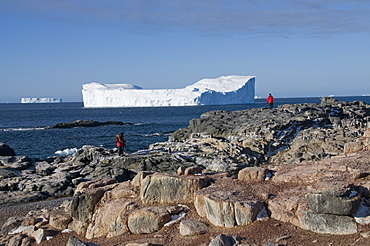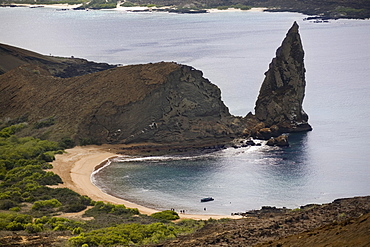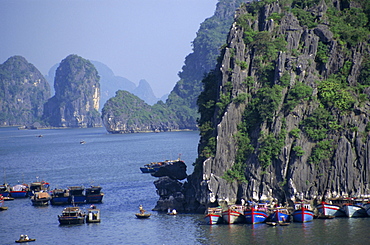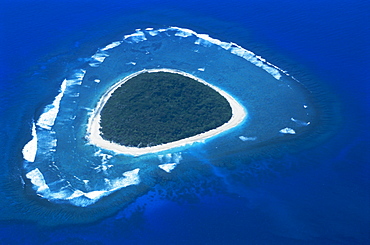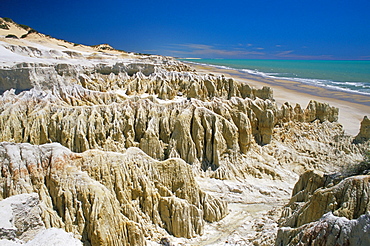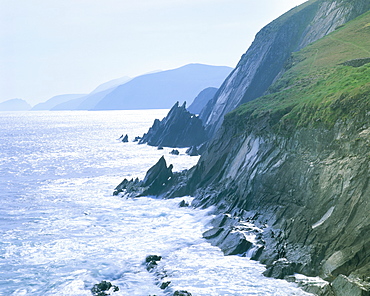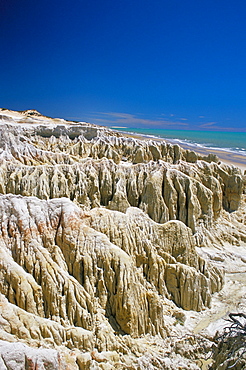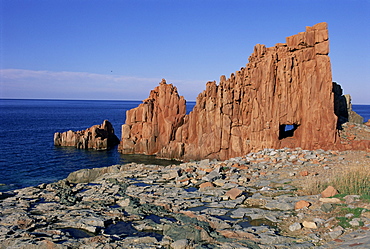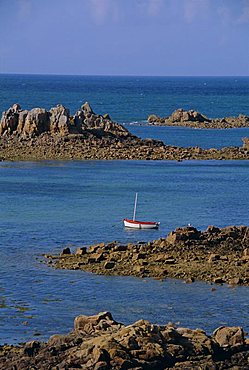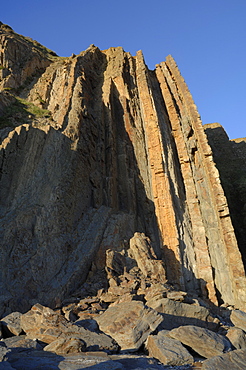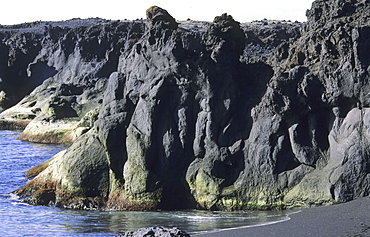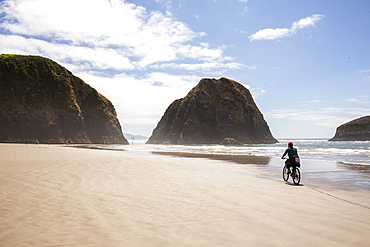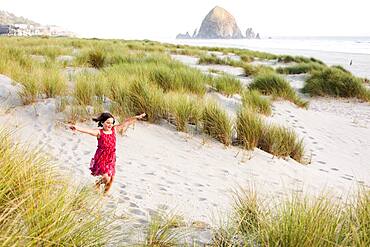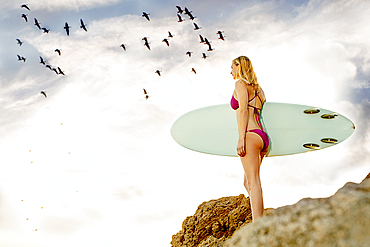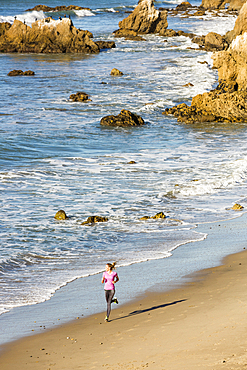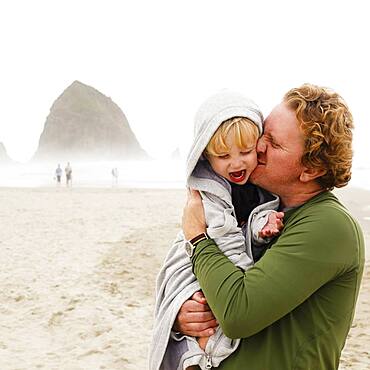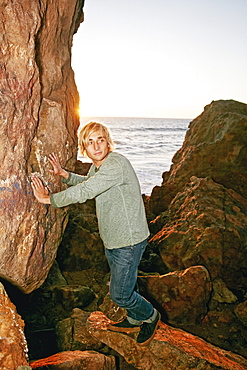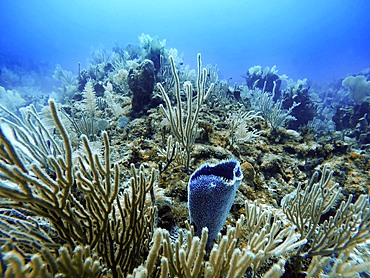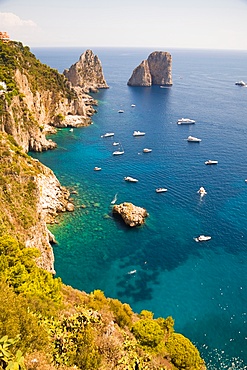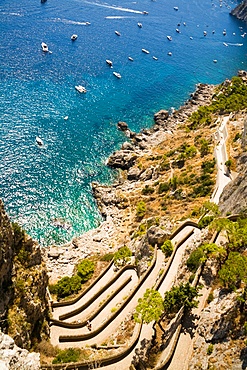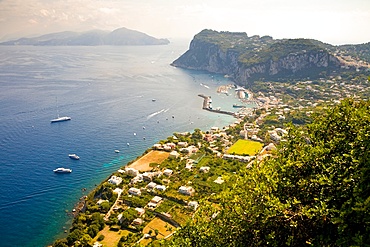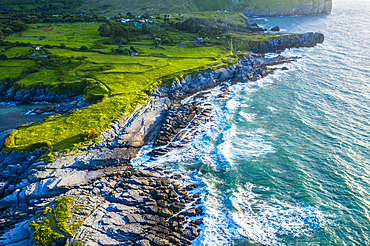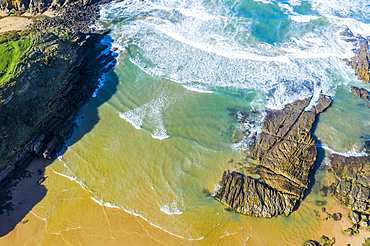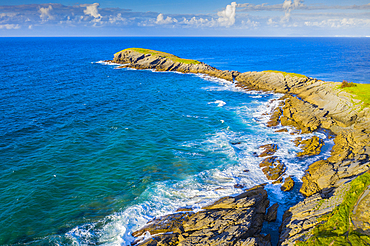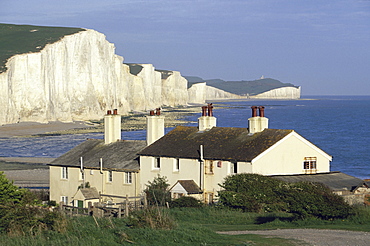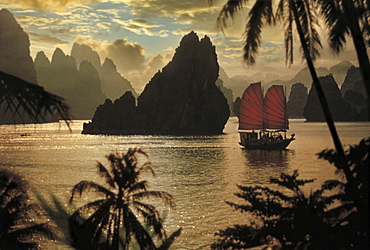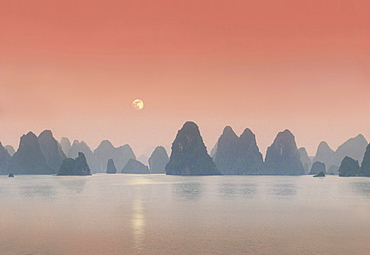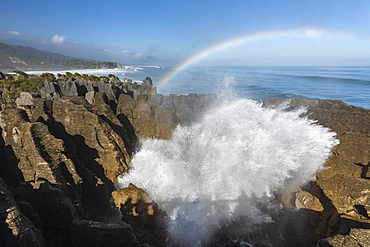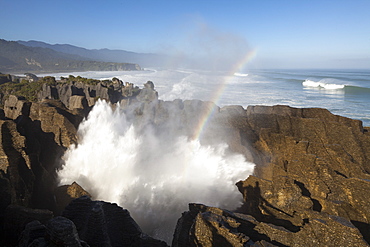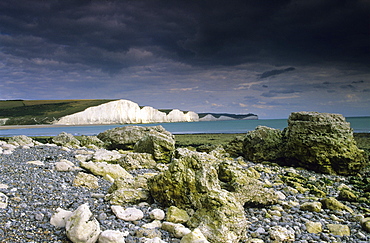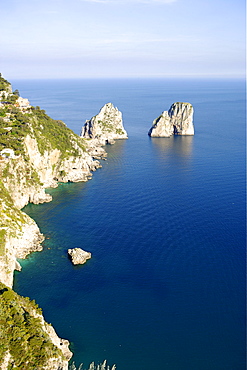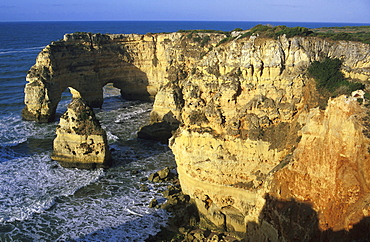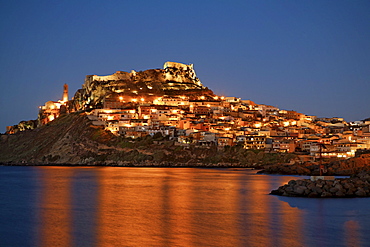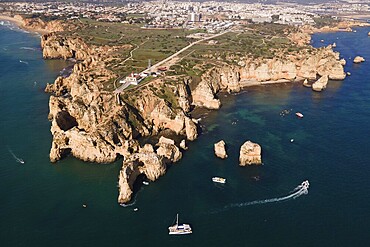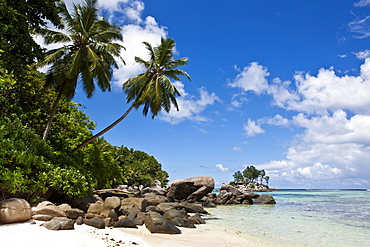Results
« Previous 1 2 3
206 results found
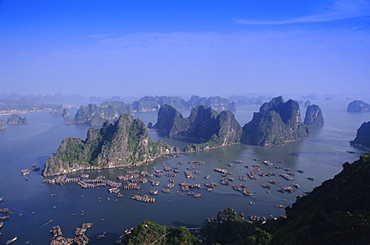
Ha Long (Ha-Long) Bay, UNESCO World Heritage Site, Hong Gai, Vietnam, Indochina, Southeast Asia, Asia
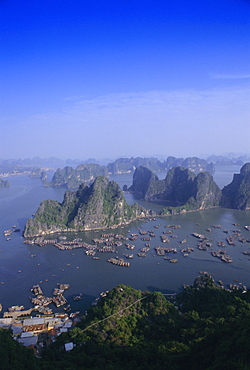
Ha Long (Ha-Long) Bay, UNESCO World Heritage Site, Hong Gai, Vietnam, Indochina, Southeast Asia, Asia
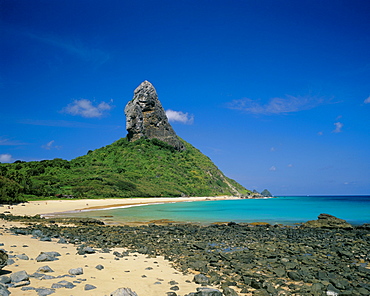
View of Praia do Conceicao beach and Morro do Pico in the background, Parque Nacional de Fernando de Norohna, Fernando de Noronha, Pernambuco, Brazil, South America
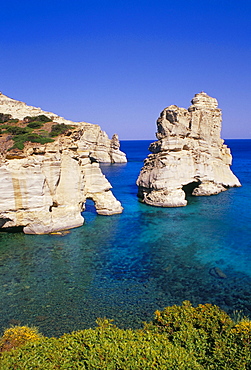
Volcanic rock formations on south eastern coast, Kleftiko, Milos, Cyclades islands, Greece, Mediterranean, Europe
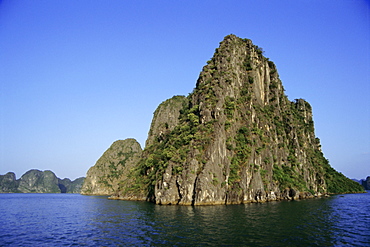
Coastal scene, Halong (Ha Long) Bay, UNESCO World Heritage Site, Vietnam, Indochina, Southeast Asia, Asia
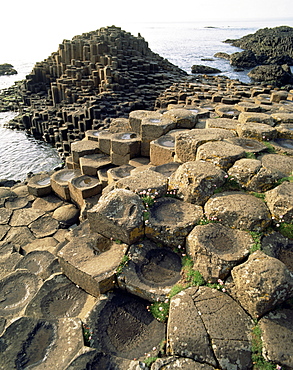
Giants Causeway, UNESCO World Heritage Site, County Antrim, Ulster, Northern Ireland, United Kingdom, Europe
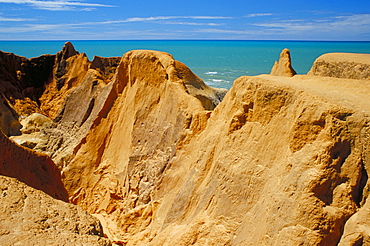
Red rock formations of Morro Branco on the Ceara coastline, near Canoa Quedrada, Ceara', Brazil, South America
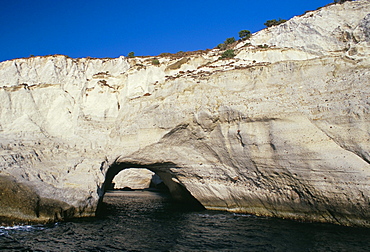
Volcanic rock formations on south eastern coast, near Kleftiko, Milos, Cyclades islands, Greece, Mediterranean, Europe
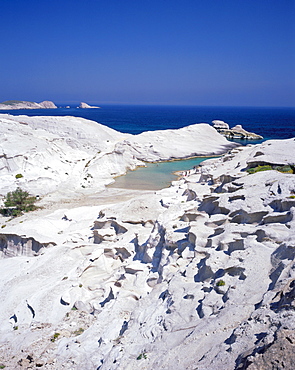
Aerial view of beach and rock formations, Sarakiniko, Milos, Cyclades Islands, Greek Islands, Greece, Europe
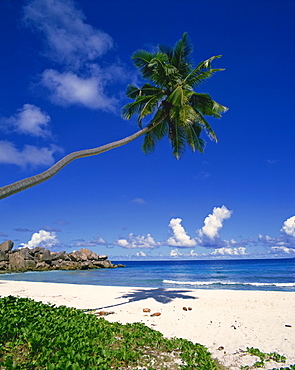
Tropical coastline with eroded rock formation and palm trees, La Digue, Seychelles, Indian Ocean, Africa
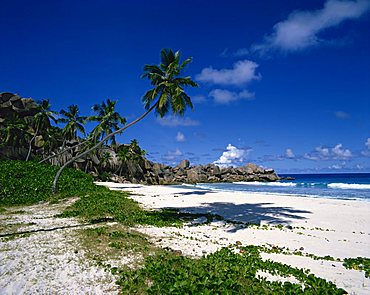
Tropical coastline with eroded rock formation and palm trees, La Digue, Seychelles, Indian Ocean, Africa
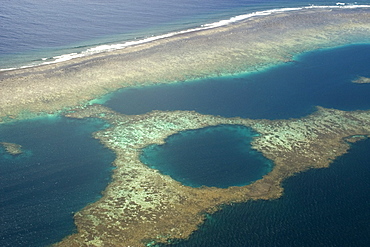
Atoll formation with barrier reef, Chuuk, Federated States of Micronesia, Caroline Islands, Micronesia, Pacific Ocean, Pacific

Resident Orca (Orcinus orca) - also called Killer Whales - in tight pod formation in Stephen's Passage, Southeast Alaska, USA. Pacific Ocean.
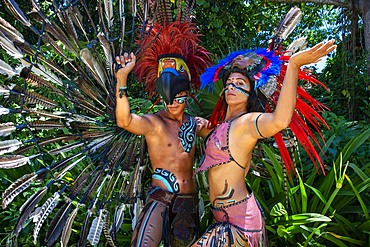
Mexican aztec dress gods at Grand Palladium White Sand Resort and Spa in Riviera Maya, Yucatan Peninsula, Quintana Roo, Caribbean Coast, Mexico.
Aztec clothing was generally loose fitting and did not completely cover the body. When the Spanish arrived in Mexico, the people were surprised to see them in their full armour, with only their faces exposed.
Aztec clothes were generally made of cotton (which was imported) or ayate fiber, made from the Maguey Cactus (also called the Century Plant or American Aloe). Women would weave the fibers into clothing, a task girls were taught as young teenagers. Because of their vast trading network, the Aztecs were able to make use of a beautiful array of dyes, creating the brilliant
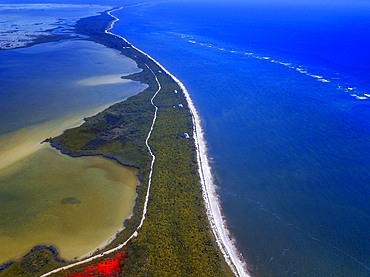
Aerial view of Punta Allen Sian Ka'an Reserve, Yucatan Peninsula, Mexico. Red lagoon near Boca Paila Bridge.
In the language of the Mayan peoples who once inhabited this region, Sian Ka'an means Origin of the Sky. Located on the east coast of the Yucatán peninsula, this biosphere reserve contains tropical forests, mangroves and marshes, as well as a large marine section intersected by a barrier reef. It provides a habitat for a remarkably rich flora and a fauna comprising more than 300 species of birds, as well as a large number of the region's characteristic terrestrial vertebrates, which cohabit in the diverse environment formed by its complex hydrological system.
Along its roughly 120 kilometres of coastline, the property covers over 400,000 hectares of land ranging from sea level to only ten m.a.s.l. The property boasts diverse tropical forests, palm savannah, one of the most pristine wetlands in the region, lagoons, extensive mangrove stands, as well as sandy beaches and dunes. The 120,000 hectares of marine area protect a valuable part of the Mesoamerican Barrier Reef and seagrass beds in the shallow bays. The lush green of the forests and the many shades of blue of the lagoons and the Caribbean Sea under a wide sky offer fascinating visual impressions.
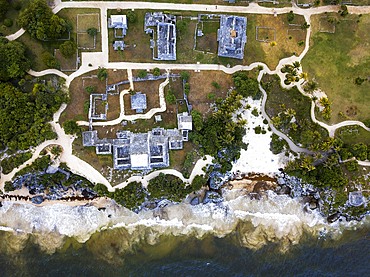
Aerial views of El Castillo and the Ruins of the Mayan temple grounds at Tulum, Quintana Roo, Yucatan, Mexico. Tulum is the site of a pre-Columbian Mayan walled city which served as a major port for Coba, in the Mexican state of Quintana Roo. The ruins are situated on 12 meter 39 ft tall cliffs along the east coast of the Yucatán Peninsula on the Caribbean Sea in the state of Quintana Roo, Mexico. Tulum was one of the last cities built and inhabited by the Maya; it was at its height between the 13th and 15th centuries and managed to survive about 70 years after the Spanish began occupying Mexico. Old World diseases brought by the Spanish settlers appear to have resulted in very high fatalities, disrupting the society, and eventually causing the city to be abandoned.
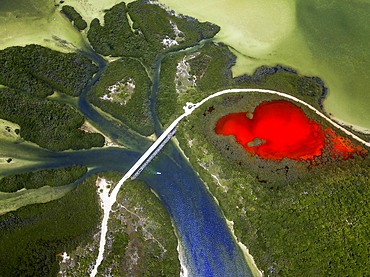
Aerial view of Punta Allen Sian Ka'an Reserve, Yucatan Peninsula, Mexico. Red lagoon near Boca Paila Bridge.
In the language of the Mayan peoples who once inhabited this region, Sian Ka'an means Origin of the Sky. Located on the east coast of the Yucatán peninsula, this biosphere reserve contains tropical forests, mangroves and marshes, as well as a large marine section intersected by a barrier reef. It provides a habitat for a remarkably rich flora and a fauna comprising more than 300 species of birds, as well as a large number of the region's characteristic terrestrial vertebrates, which cohabit in the diverse environment formed by its complex hydrological system.
Along its roughly 120 kilometres of coastline, the property covers over 400,000 hectares of land ranging from sea level to only ten m.a.s.l. The property boasts diverse tropical forests, palm savannah, one of the most pristine wetlands in the region, lagoons, extensive mangrove stands, as well as sandy beaches and dunes. The 120,000 hectares of marine area protect a valuable part of the Mesoamerican Barrier Reef and seagrass beds in the shallow bays. The lush green of the forests and the many shades of blue of the lagoons and the Caribbean Sea under a wide sky offer fascinating visual impressions.
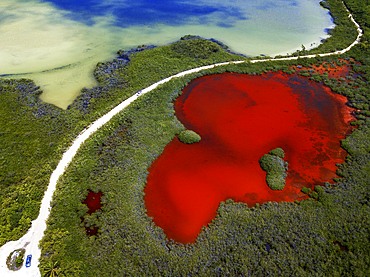
Aerial view of Punta Allen Sian Ka'an Reserve, Yucatan Peninsula, Mexico. Red lagoon near Boca Paila Bridge.
In the language of the Mayan peoples who once inhabited this region, Sian Ka'an means Origin of the Sky. Located on the east coast of the Yucatán peninsula, this biosphere reserve contains tropical forests, mangroves and marshes, as well as a large marine section intersected by a barrier reef. It provides a habitat for a remarkably rich flora and a fauna comprising more than 300 species of birds, as well as a large number of the region's characteristic terrestrial vertebrates, which cohabit in the diverse environment formed by its complex hydrological system.
Along its roughly 120 kilometres of coastline, the property covers over 400,000 hectares of land ranging from sea level to only ten m.a.s.l. The property boasts diverse tropical forests, palm savannah, one of the most pristine wetlands in the region, lagoons, extensive mangrove stands, as well as sandy beaches and dunes. The 120,000 hectares of marine area protect a valuable part of the Mesoamerican Barrier Reef and seagrass beds in the shallow bays. The lush green of the forests and the many shades of blue of the lagoons and the Caribbean Sea under a wide sky offer fascinating visual impressions.
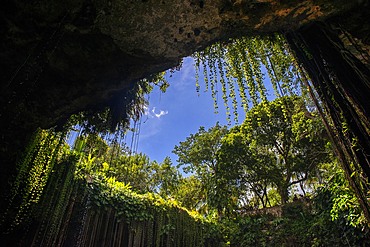
Cenote Ik Kil in Yucatan, Mexico, a natural pit, or sinkhole near Chichen Itza. Yucatan Peninsula, Quintana Roo, Mexico. Ik Kil was sacred to the Mayans who used this cenote for both relaxation and ritual services centuries ago.
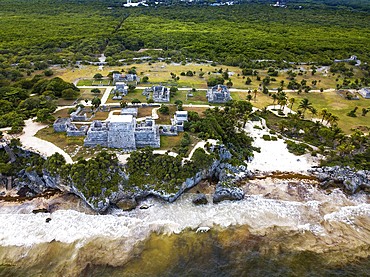
Aerial views of El Castillo and the Ruins of the Mayan temple grounds at Tulum, Quintana Roo, Yucatan, Mexico. Tulum is the site of a pre-Columbian Mayan walled city which served as a major port for Coba, in the Mexican state of Quintana Roo. The ruins are situated on 12 meter 39 ft tall cliffs along the east coast of the Yucatán Peninsula on the Caribbean Sea in the state of Quintana Roo, Mexico. Tulum was one of the last cities built and inhabited by the Maya; it was at its height between the 13th and 15th centuries and managed to survive about 70 years after the Spanish began occupying Mexico. Old World diseases brought by the Spanish settlers appear to have resulted in very high fatalities, disrupting the society, and eventually causing the city to be abandoned.
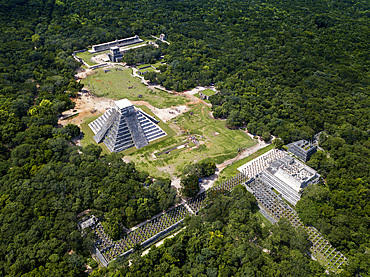
Aerial view of Mayan Ruin of Chichen Itza Archaeological Site Yucatan Peninsula, Quintana Roo, Caribbean Coast, Mexico
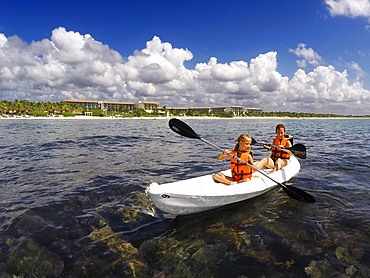
Kayakking in front of the beach of Grand Palladium White Sand Resort and Spa in Riviera Maya, Yucatan Peninsula, Quintana Roo, Caribbean Coast, Mexico
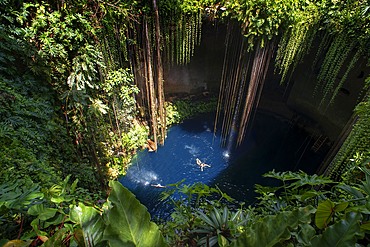
Swimming at Cenote Ik Kil in Yucatan, Mexico, a natural pit, or sinkhole near Chichen Itza. Yucatan Peninsula, Quintana Roo, Mexico. Ik Kil was sacred to the Mayans who used this cenote for both relaxation and ritual services centuries ago.
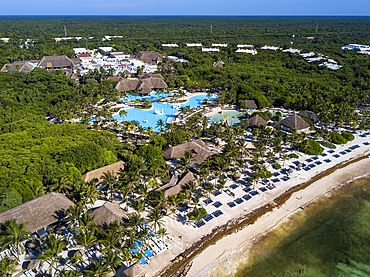
Aerial view of Grand Palladium White Sand Resort and Spa in Riviera Maya, Yucatan Peninsula, Quintana Roo, Caribbean Coast, Mexico
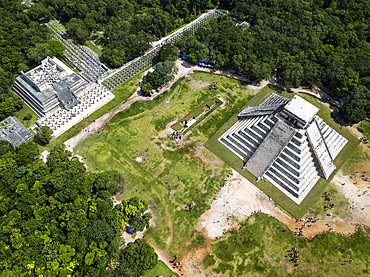
Aerial view of Mayan Ruin of Chichen Itza Archaeological Site Yucatan Peninsula, Quintana Roo, Caribbean Coast, Mexico
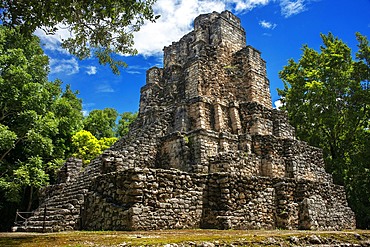
Estructura 8I-13 El Castillo at Chunyaxche Muyil Maya ruins, rainforest near Tulum, Yucatan Peninsula, Quintana Roo, Mexico
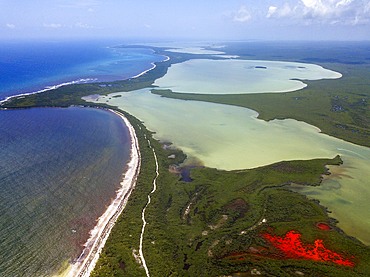
Aerial view of Punta Allen Sian Ka'an Reserve, Yucatan Peninsula, Mexico. Red lagoon near Boca Paila Bridge.
In the language of the Mayan peoples who once inhabited this region, Sian Ka'an means Origin of the Sky. Located on the east coast of the Yucatán peninsula, this biosphere reserve contains tropical forests, mangroves and marshes, as well as a large marine section intersected by a barrier reef. It provides a habitat for a remarkably rich flora and a fauna comprising more than 300 species of birds, as well as a large number of the region's characteristic terrestrial vertebrates, which cohabit in the diverse environment formed by its complex hydrological system.
Along its roughly 120 kilometres of coastline, the property covers over 400,000 hectares of land ranging from sea level to only ten m.a.s.l. The property boasts diverse tropical forests, palm savannah, one of the most pristine wetlands in the region, lagoons, extensive mangrove stands, as well as sandy beaches and dunes. The 120,000 hectares of marine area protect a valuable part of the Mesoamerican Barrier Reef and seagrass beds in the shallow bays. The lush green of the forests and the many shades of blue of the lagoons and the Caribbean Sea under a wide sky offer fascinating visual impressions.
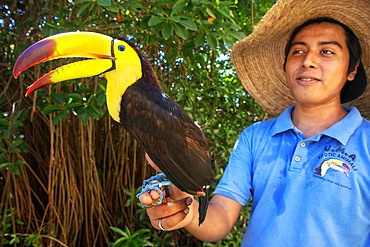
A Mexican staff member holds a tucan at Grand Palladium White Sand Resort and Spa in Riviera Maya, Yucatan Peninsula, Quintana Roo, Caribbean Coast, Mexico
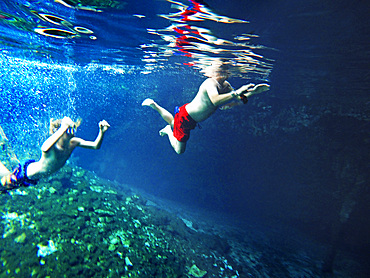
Gran Cenote de Tulum in Yucatan Peninsula, Quintana Roo, Mexico. There are thousands of cenotes dotted all over Mexico���s Yucatan Peninsula, and their existence is as much a defining characteristic of the region as is the distinct geological feature from which they result. Once revered by the ancient Mayans as sacred wells, they are now magnets for tourists, adventurers, and explorers alike.

Palms and old pier in Punta Allen Sian Ka'an Reserve, Yucatan Peninsula, Mexico.
In the language of the Mayan peoples who once inhabited this region, Sian Ka'an means Origin of the Sky. Located on the east coast of the Yucatán peninsula, this biosphere reserve contains tropical forests, mangroves and marshes, as well as a large marine section intersected by a barrier reef. It provides a habitat for a remarkably rich flora and a fauna comprising more than 300 species of birds, as well as a large number of the region's characteristic terrestrial vertebrates, which cohabit in the diverse environment formed by its complex hydrological system.
Along its roughly 120 kilometres of coastline, the property covers over 400,000 hectares of land ranging from sea level to only ten m.a.s.l. The property boasts diverse tropical forests, palm savannah, one of the most pristine wetlands in the region, lagoons, extensive mangrove stands, as well as sandy beaches and dunes. The 120,000 hectares of marine area protect a valuable part of the Mesoamerican Barrier Reef and seagrass beds in the shallow bays. The lush green of the forests and the many shades of blue of the lagoons and the Caribbean Sea under a wide sky offer fascinating visual impressions.

Mexican aztec dress gods at Grand Palladium White Sand Resort and Spa in Riviera Maya, Yucatan Peninsula, Quintana Roo, Caribbean Coast, Mexico.
Aztec clothing was generally loose fitting and did not completely cover the body. When the Spanish arrived in Mexico, the people were surprised to see them in their full armour, with only their faces exposed.
Aztec clothes were generally made of cotton (which was imported) or ayate fiber, made from the Maguey Cactus (also called the Century Plant or American Aloe). Women would weave the fibers into clothing, a task girls were taught as young teenagers. Because of their vast trading network, the Aztecs were able to make use of a beautiful array of dyes, creating the brilliant
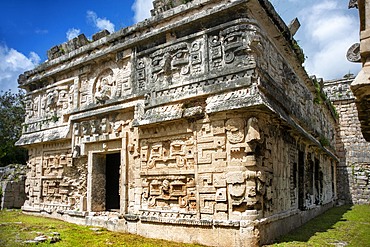
The Church and Nunnery at Chichen Itza Archaeological Site in Yucatan Peninsula, Quintana Roo, Caribbean Coast, Mexico
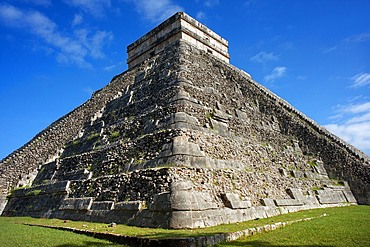
El Castillo, The Pyramid of Kukulkán, is the Most Popular Building in the UNESCO Mayan Ruin of Chichen Itza Archaeological Site Yucatan Peninsula, Quintana Roo, Caribbean Coast, Mexico
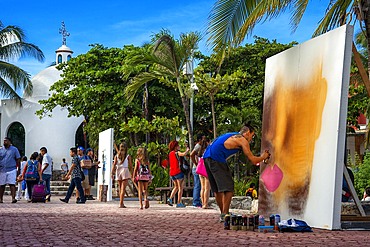
White Mexican church and street art at 5th Avenue, Playa del Carmen, Caribe, Quintana Roo state, Mayan Riviera, Yucatan Peninsula, Mexico
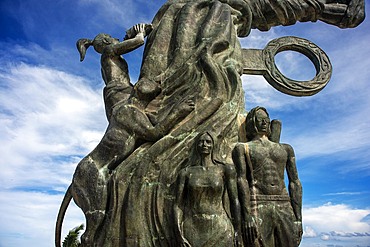
Portal Maya sculpture Mayan Gateway situated in Parque Fundadores by sculptor Jose Arturo Tavares in Playa del Carmen, Riviera Maya, Quintana Roo, Mexico
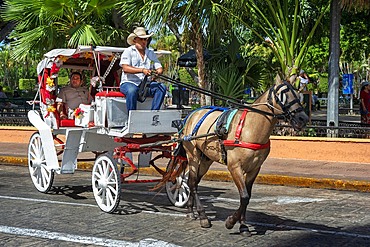
Horse drawn carriages on a city street in front of the plaza grande square, Merida, the capital city of the Yucatan, Mexico Latin America
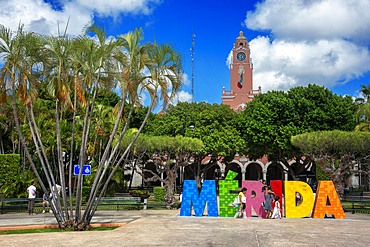
Merida Mexico - the Merida city sign in the Plaza Grande, Merida, the capital city of the Yucatan, Mexico Latin America
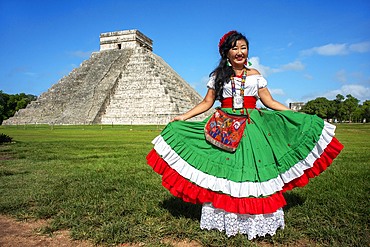
El Castillo, The Pyramid of Kukulkán, is the Most Popular Building in the UNESCO Mayan Ruin of Chichen Itza Archaeological Site Yucatan Peninsula, Quintana Roo, Caribbean Coast, Mexico. Asian tour leder dressed in a maya style.
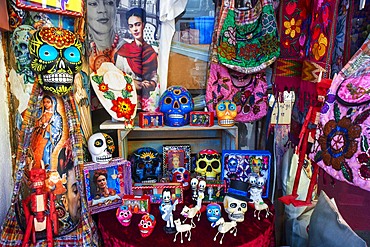
Colorful Mexican ceramic skulls or calaveras and Frida Kahlo souvenirs in Playa del Carmen, Riviera Maya, Quintana Roo, Mexico
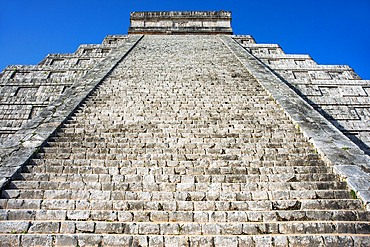
El Castillo, The Pyramid of Kukulkán, is the Most Popular Building in the UNESCO Mayan Ruin of Chichen Itza Archaeological Site Yucatan Peninsula, Quintana Roo, Caribbean Coast, Mexico
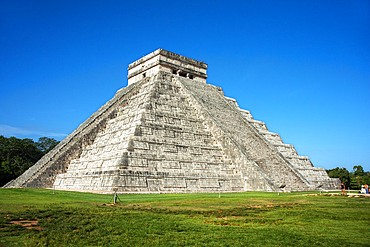
El Castillo, The Pyramid of Kukulkán, is the Most Popular Building in the UNESCO Mayan Ruin of Chichen Itza Archaeological Site Yucatan Peninsula, Quintana Roo, Caribbean Coast, Mexico
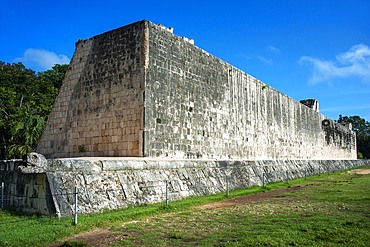
The Great Ball Court in the Mayan Ruins of Chichen Itza Archaeological Site Yucatan Peninsula, Quintana Roo, Caribbean Coast, Mexico
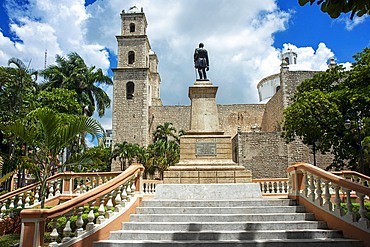
The Parque Hidalgo and statue of Manuel Cepeda Peraza and The San Ildefonso Cathedral in Mérida, the capital and largest city in the Yucatan State and Yucatán Peninsula, Mexico
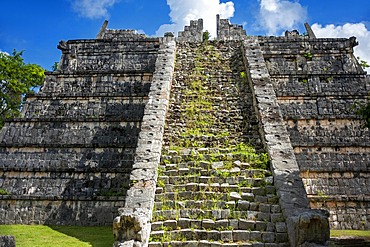
Stony stairs of tomb of the High Priest pyramid at Chichen Itza Archaeological Site in Yucatan Peninsula, Quintana Roo, Caribbean Coast, Mexico
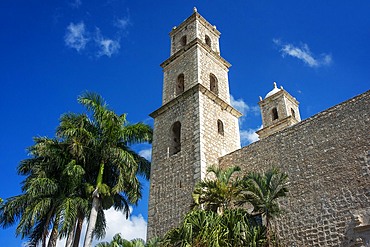
The Bishop's Palace or Peninsula Athenaeum and The San Ildefonso Cathedral in Mérida, the capital and largest city in the Yucatan State and Yucatán Peninsula, Mexico
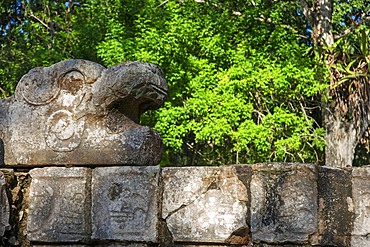
Serpent head sculpture in Mayan Ruin of Chichen Itza Archaeological Site in Yucatan Peninsula, Quintana Roo, Caribbean Coast, Mexico
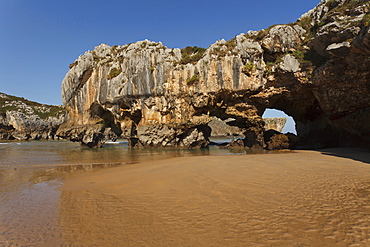
Playa de Cuevas del Mar, beach, rock formation, caves, rock arch, coast, Atlantic ocean, near Ribadesella, Camino de la Costa, Camino del Norte, coastal route, Way of Saint James, Camino de Santiago, pilgrims way, province of Asturias, Principality of Asturias, Northern Spain, Spain, Europe

Playa de Cuevas del Mar, beach, rock formation, caves, rock arch, coast, Atlantic ocean, near Ribadesella, Camino de la Costa, Kuestenweg, Camino del Norte, Jakobsweg, Camino de Santiago, Pilgerweg, province of Asturias, Principality of Asturias, Northern Spain, Spain, Europe

Impressive sunrise above the famous rock formation Old Man of Storr on the northern end of the Isle of Skye, Scotland, United Kingdom
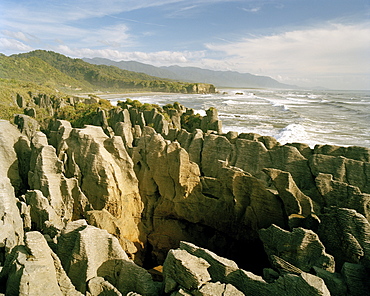
Pancake Rocks, rock formation on the waterfront in the sunlight, Punakaiki, West coast, South Island, New Zealand
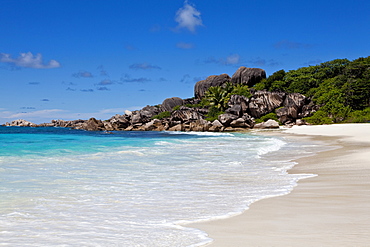
Lonely beach of Grand Anse, with the typical granite rocks of La Digue, La Digue Island, Seychelles, Indian Ocean, Africa

